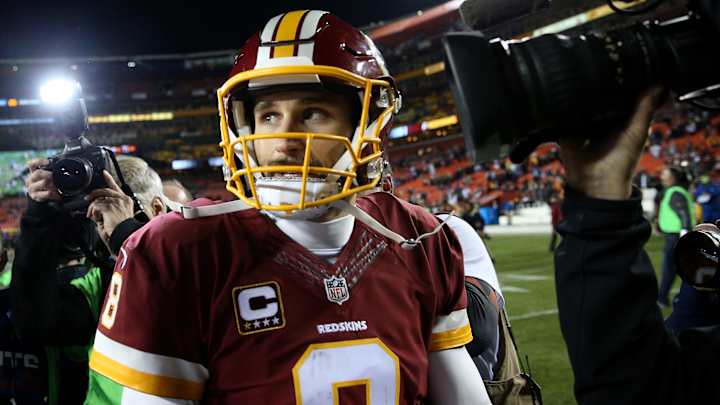What is the franchise tag?

The NFL’s franchise tag deadline is approaching. Here’s what you need to know about the rule.
The purpose of the tag is to allow teams to retain prospective free agents longer than their contracts stipulate. It typically is used on one of the team’s best free-agents-to-be, in situations where a team wants to prolong their control of a player, or hold on to someone they feel they may not be able to keep otherwise. It’s not a player-friendly rule, generally, as it prevents them from hitting the open market. A player has little control over whether or not he is tagged.
The deadline is March 1.
Teams are only allowed one franchise tag per off-season, and it guarantees a player’s salary for the following year only. There are three kinds of tags.
The exclusive tag means a team pays said player either the average salary of the top five highest-paid players at his position, or 120% of his salary from the previous year (whichever of the two numbers is higher). A player can’t negoitate with other teams in this situation and they are bound to their current franchise.
The non-exclusive tag is the same from a fiscal standpoint, but lets players negotiate with other teams, who can make them contract offers. The player’s current team can match any offer sheet, and if they decline to match, then the player’s new team has to send two first-round picks as compensation.
The transition tag gives the player a one-year salary that equals the average of the 10 highest-paid players at his position and allows him to negotiate with other teams. His original team can decide whether to match or not match other offers. If they decide not to match, the new team does not have to send compensation and gets the player.
Players can be franchise-tagged in consecutive seasons, but the financial downside for teams increases each time. Two years in a row, for example, means the player receives 120% of his previous year’s salary, and every subsequent year, that percentage would scale upward and become costlier.
